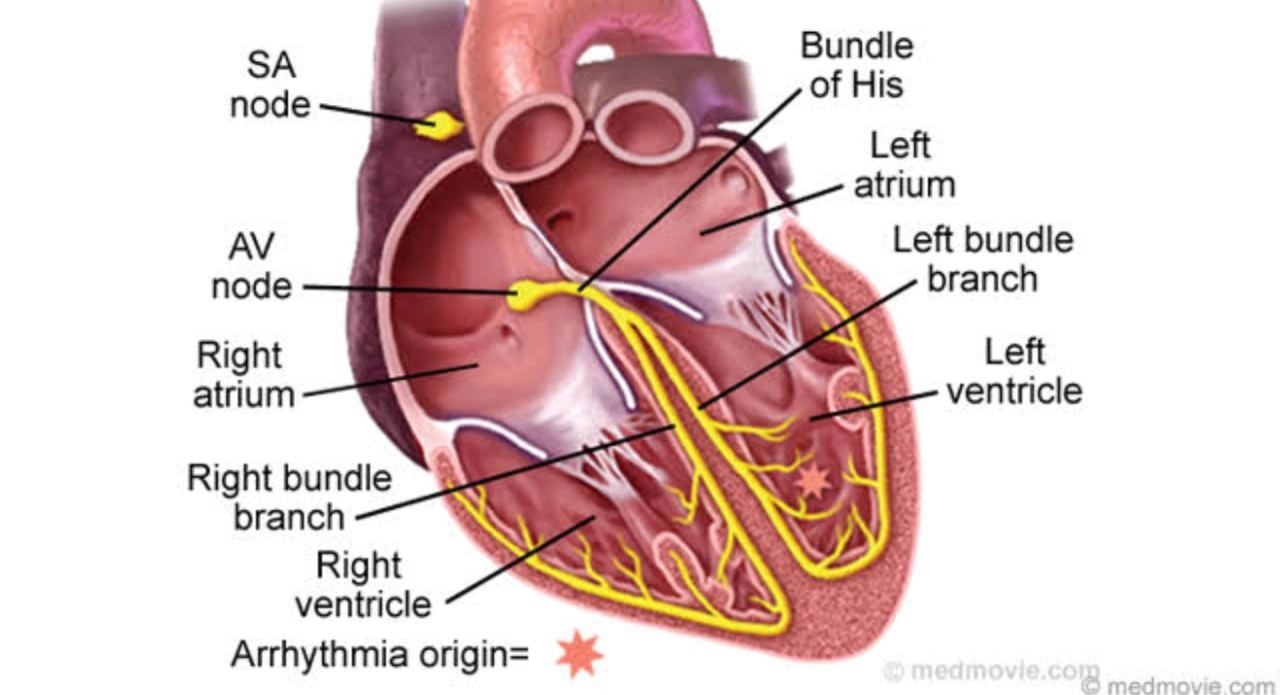Quitting: Practical Help to Stop Smoking, Drinking, or Other Habits
Trying to quit something tough? Whether it’s cigarettes, booze, or a habit that steals your time and energy, the first thing to know is this: small, clear steps beat vague promises. You don’t need a dramatic overhaul—pick one thing to change, make a plan, and use tools that match your situation.
Small steps that work
Start with a clear goal and a date. Saying “I’ll cut back” is vague; saying “I’ll quit drinking after June 1” gives your brain something concrete. Break the process into tiny wins: avoid triggers for 24 hours, swap one drink for water, or delay a cigarette by 10 minutes. Those small wins add up fast.
Use replacements and aids when needed. For smoking, nicotine patches, gum, or lozenges lower cravings. For alcohol, medications like naltrexone or acamprosate can reduce urges—talk to your doctor. Behavioral help matters too: counseling, SMART Recovery, or support groups give practical strategies and keep you accountable.
Plan for cravings and withdrawal. Cravings are temporary—often 5–15 minutes—so have a short list of things to do: walk, chew gum, call a friend, or drink a glass of water. For sleep trouble or anxiety during withdrawals, low-intensity exercise and deep breathing help. If symptoms are strong (severe anxiety, seizures, or suicidal thoughts), seek medical help right away.
Change your environment. Toss triggers out: ashtrays, extra liquor, or app notifications that pull you into old habits. Build new routines that replace the old ones—morning walk instead of a cigarette, evening hobby instead of a drink. Even small changes in routine reduce the mental cues that pull you back.
When to get medical help
Some quitting journeys need medical oversight. Stopping benzodiazepines, opioids, or heavy alcohol use can be dangerous without supervision. If you take prescription meds or have a long, heavy drinking history, talk to your doctor about taper plans or supervised detox options. Your provider can also discuss prescription aids like bupropion or varenicline for smoking, or medications for alcohol use disorder.
Use trusted info and services. Not all online pharmacies or treatments are safe—check credentials and read independent reviews before ordering meds. Combine medical help with social support. Tell a few people your plan so they can check in and celebrate progress.
Finally, remember setbacks happen. A slip isn’t failure—it's data. Figure out what triggered it, adjust your plan, and try again. Quitting is a skill you build: each attempt teaches you how to make the next try smarter and more successful.
Need more specific guides? Look for articles about quitting alcohol, stopping smoking, and safe medication changes. If in doubt, contact a healthcare professional—there are safe ways to quit and tools that can make the process much easier.
Atrial Fibrillation and Smoking: The Dangers and How to Quit
As a blogger, I recently explored the topic of Atrial Fibrillation (AFib) and smoking. I learned that smoking is a major risk factor for developing AFib as it can damage the heart's electrical system and lead to irregular heartbeats. The dangers of AFib include an increased risk of stroke, heart failure, and other serious health complications. I also discovered that quitting smoking can help reduce the risk of AFib and improve overall heart health. To help those struggling with smoking, I shared various strategies to quit, such as nicotine replacement therapy, counseling, and support groups.

